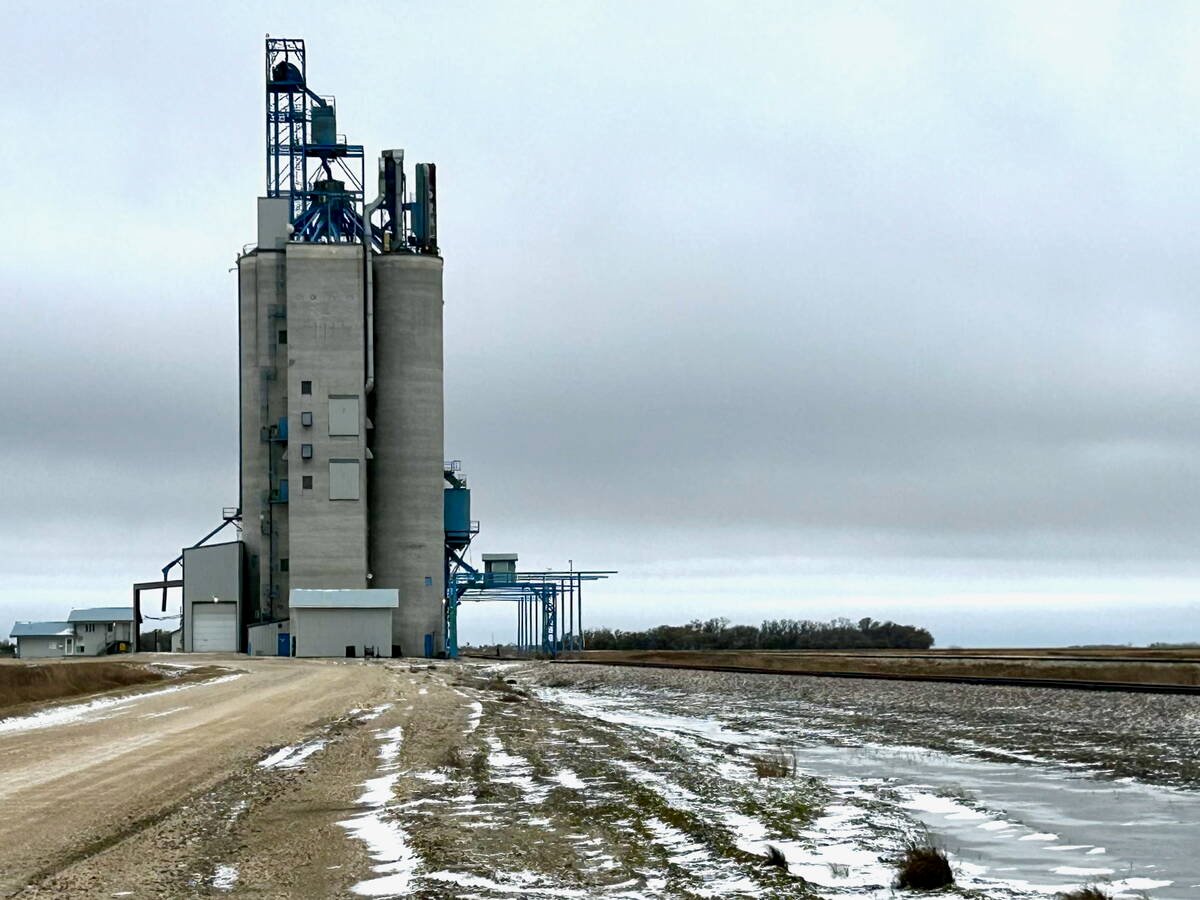One of the world’s biggest cereal breeding companies is setting down roots on the Canadian Prairies.
Limagrain, the largest seed company in Europe and the fourth largest in the world, recently announced it will set up a new cereal breeding and development company known as Limagrain Cereals Research Canada (LCRC).
The company will be a partnership between Limagrain, a seed co-operative based in France, and Canterra Seeds, a Canadian seed distribution company based in Winnipeg.
According to the deal, Canterra will act as LCRC’s exclusive seed commercialization and distribution arm, with Canterra’s seed grower shareholders multiplying Lima-grain’s new Canadian cereal varieties and marketing them to commercial growers.
Read Also

Manitoba grain elevator ownership expands
Carman-based Linear Grain buys Fannystelle elevator from Bunge, another three elevators sold to Morden’s BP & Sons Grain and Storage Inc.
Canterra’s current seed distribution network includes more than 175 pedigreed seed growers in Manitoba, Saskatchewan and Alberta.
Erin Armstrong, the new company’s chief executive officer, said it will screen wheat germplasm already in Limagrain’s global research pipeline, make crosses with existing wheat lines and eventually develop cereal varieties that are suited to growing conditions in Western Canada.
“We’re going to be working on cereals, and initially the primary focus will be on wheat,” she said. “But with time, we will expand into active breeding in other cereals as well.”
The company is also looking for an experienced wheat breeder to lead its western Canadian breeding efforts.
After that, it will begin the search for land in the Saskatoon area for a permanent facility.
Details on the scope of the facility have not been made public, but officials from Canterra and LCRC said construction and staffing will represent a significant investment.
“The size and scope of this investment, in terms of people and resources, is substantial,” said Canterra chief executive officer Dave Hansen.
“In addition to (land requirements), bricks and mortar and staffing … there will of course be equipment and assets that will be added to the business…. This will be a crawl-walk-run process, but the (addition) of people and facilities will be immediate.”
In 2012, Canterra began field testing Limagrain wheat lines in Western Canada to identify genetic resources that could be adapted to prairie growing conditions.
The most promising material is expected to serve as the basis of Lima-grain’s newest made-in-Canada wheat varieties, which should be available to commercial growers in the next decade.
In the meantime, other Limagrain varieties that are already being grown in other countries will continue to be tested under western Canadian conditions.
Some of its varieties have already entered pre-registration co-op trials in Western Canada, and it is possible some will be put forward for registration support in the next few years.
Armstrong and Hansen said Canada’s recent decision to modernize plant breeders’ rights legislation and ratify an international seed treaty known as UPOV 91 was a major factor behind Limagrain’s decision to set up shop in Canada.
UPOV 91 provides enhanced intellectual property protections for seed developers and gives them greater opportunity to generate revenue from their plant breeding investments.
As part of the deal, Limagrain also acquired a minority ownership interest in Canterra, which already has an established distribution network and more than 60 crop varieties in its western Canadian seed portfolio.















